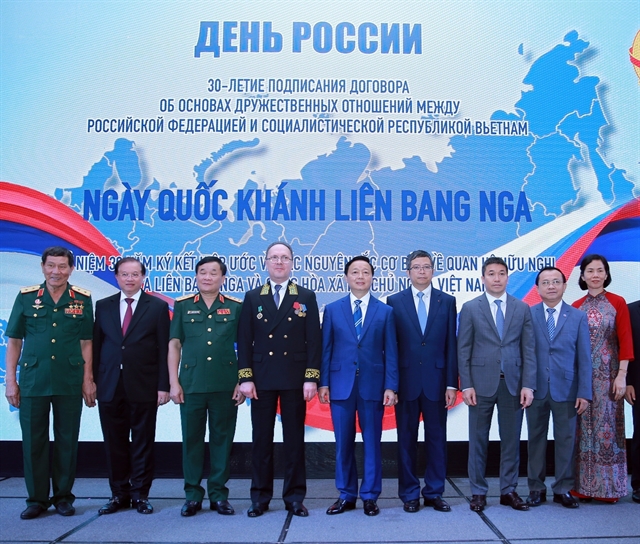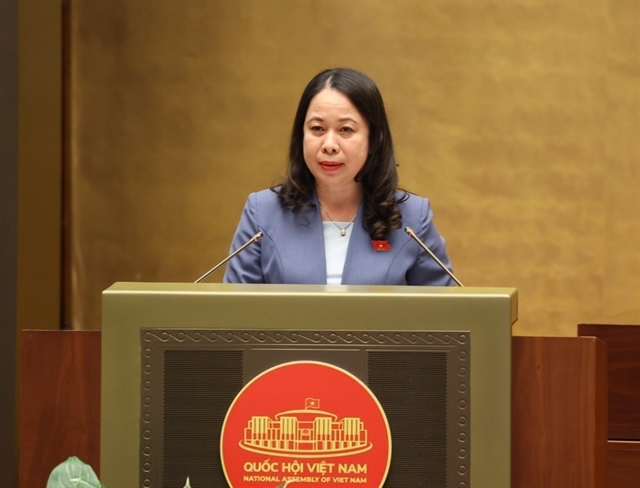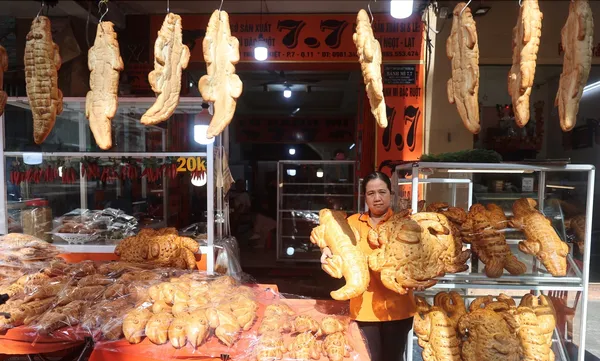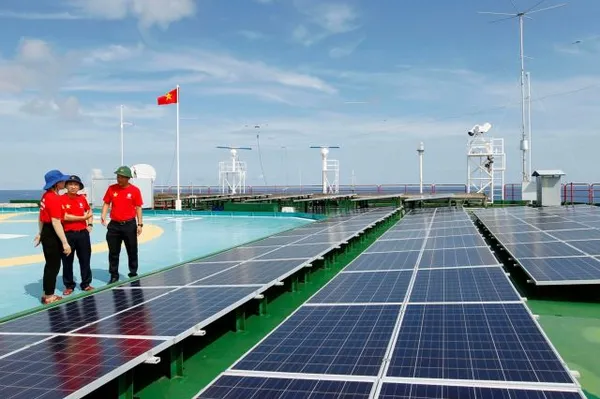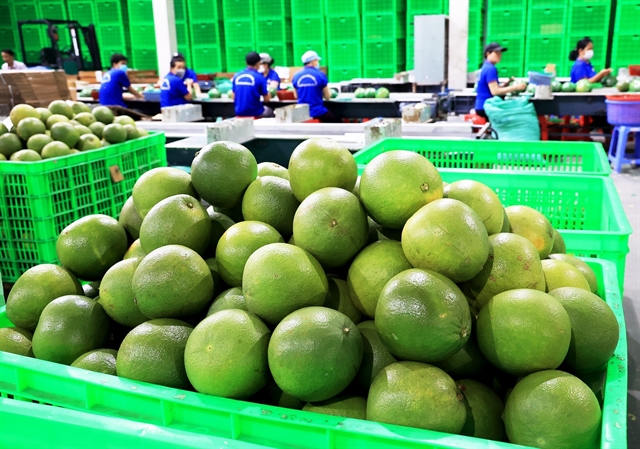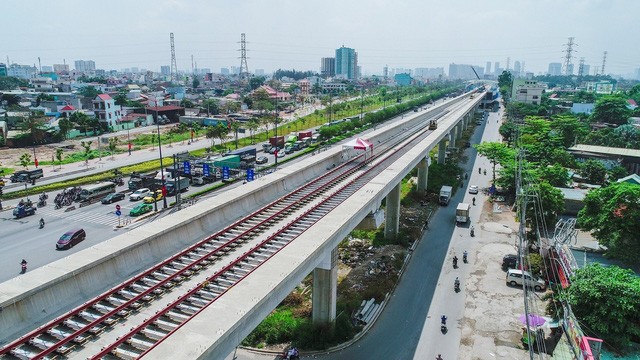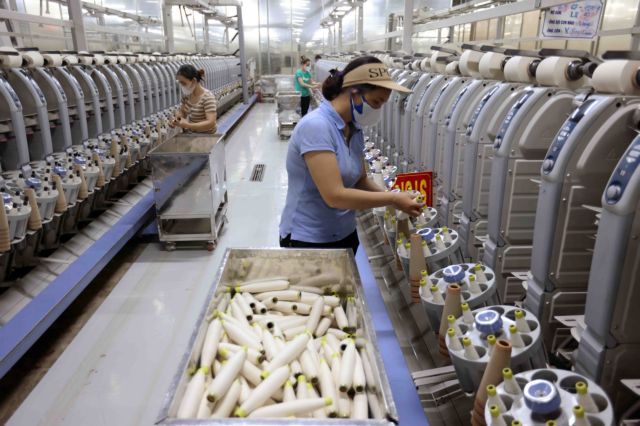 Society
Society


|
| Fishing ships in Cà Mau in the southern province. — VNA/VNS Photo Hồng Đạt |
HÀ NỘI — Việt Nam is aiming to have a modern, sustainable fishing industry, in line with those countries who already have a developed fishing sector across the region and to make it align with world fishing operations by 2050.
It is one of the targets set in a plan for aquatic resources protection and exploitation for the period 2021-30, which has been approved by Deputy Prime Minister Trần Lưu Quang.
Under that plan, marine biodiversity and inland waterways will be preserved and developed to safeguard all material and spiritual improvements; ensure social security; protect sovereignty, security and to protect the national interests across Việt Nam's rivers and seas.
The target is a sustainable and responsible fishery sector in keeping with international integration requirements.
Fisheries exploitation will unite to protect the environment, adapting to climate change and proactively prevent and combat natural disasters.
The goal is for 27 marine protected areas to be set and operated over a total area of about 463,587ha, accounting for about 0.463 per cent of the nation's waterways.
As many as 149 sea areas and 19 inland areas will be zoned to protect aquatic resources and young aquatic animals, while Việt Nam aims to set a maximum total number of fishing vessels to about 83,600.
There will also be a strong focus on recovering aquatic resources, especially economically valuable species; endangered, precious and rare ones.
Administration
The country will strengthen the management, assessment, conservation, protection and regeneration across all types of water in inland and coastal areas.
Also under the plan, Việt Nam will increase the scale and space of protected marine areas alongside creating new ones. It will link marine conservation with ecological tourism and marine economy development.
The country will set specific areas where fishing will be prohibited for a limited period of time, the areas for young aquatic animals and create artificial habitats for endangered, precious and rare aquatic species.
Specific zones will also be defined for aquatic species with economic and scientific value, native aquatic species, and endemic aquatic ones.
Another target of the plan is to gradually reduce exploited aquatic product output, adjust the proportion of exploited output between sea areas to create aquatic resource reserves and selectively exploit aquatic species with high economic value.
One important work is to adjust the number of fishing vessels working in the seas and rivers and transform the structure of fishing occupations in inland water and sea areas based on the allowable exploitation capacity of aquatic resources.
Việt Nam wants to strengthen ties between livelihoods of the fishing community with the aquaculture growth, eco-tourism and recreational fisheries.
In addition, it will reinforce and innovate fishing groups, cooperatives and unions to reorganise aquatic production focused on value and increasing that production value.
By 2030, the country expects to see around 80 per cent of fishing vessels in coastal and offshore participating in production chains. — VNS

